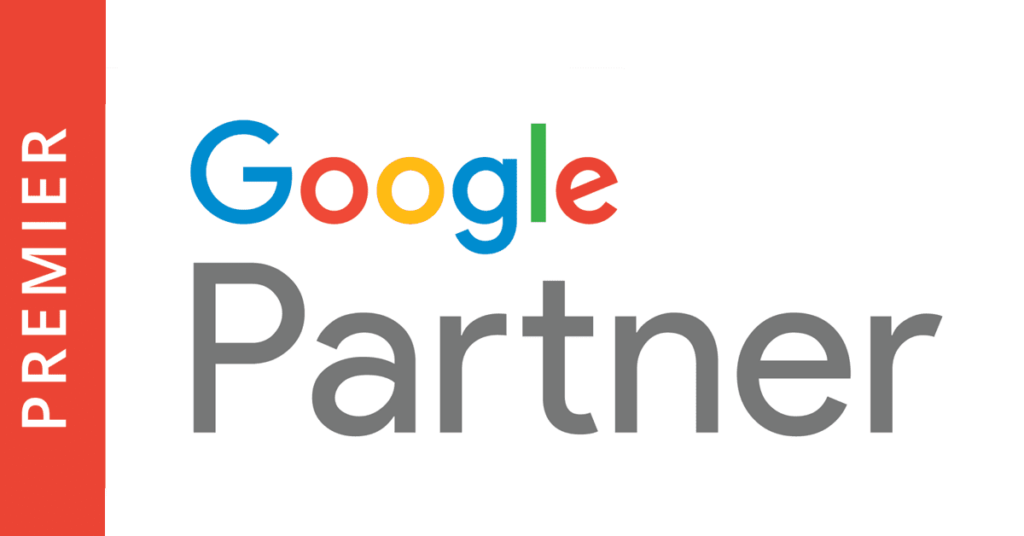Trust. Authenticity. Connection. These are the currencies of modern marketing. People don’t want polished ads or sales-speak anymore — they want honest insights from real voices. That’s where employee advocacy steps in. Your team isn’t just a group of professionals keeping things running behind the scenes. They’re the beating heart of your business. They hold influence, they have networks, and yes, they can become the most compelling brand ambassadors you could ever ask for. This isn’t about handing out a script — it’s about enabling your employees to share their perspectives in genuine, meaningful ways. Let’s talk about how to turn your team into powerful advocates who amplify your message in ways no ad budget ever could.
What is employee advocacy?
Employee advocacy means encouraging and supporting your team to share content, experiences, and opinions about your company across their personal social networks or directly with the people in their circles. It’s not about forcing them into becoming marketers. It’s about giving them the tools and freedom to speak naturally about the work they do and the values your company represents.
This content could range from behind-the-scenes photos of team moments to sharing thought leadership articles, product highlights, or stories about how your company supports its people. The core idea is that peers trust each other more than corporate voices. When employees post about your business, it comes across far more authentic than a message from a brand account.
Why employee advocacy works
In a world where audiences are constantly filtering what they consume, people tend to trust recommendations from those they know over company-generated content. So when an employee shares something positive about where they work, it carries more weight than a paid ad. It feels more real, more believable.
Every member of your staff is connected to a small community — friends, peers, industry contacts. If even a fraction of them are sharing content that reflects your brand in a positive way, the ripple effect builds awareness and credibility without heavy costs or complexity. The reach becomes broader, the tone more relatable, and the impact is deeper than corporate messaging alone could manage.
Benefits of turning employees into brand advocates
The payoff is more significant than you might think. It goes beyond basic visibility. When your employees start to share about your company on their own terms, the perception of your brand subtly shifts in the public eye. Here’s what can happen over time:
1. More authentic reach: Employee posts generally feel more honest than promotional content. Audiences engage with it longer and with more genuine interest.
2. Better recruitment snowsball: Potential hires who see real-life glimpses into your workplace are more likely to apply. They’re not responding to a job ad — they’re seeing someone they trust enjoy their job.
3. Increased employee engagement: When employees are given a voice, they often feel more connected to the company’s mission. It creates internal momentum that impacts workplace morale in a positive way.
4. Broader distribution: Marketing teams can only do so much on their own. Empowering your employees to share content extends your visibility exponentially without extra ad budget.
Setting the foundation for advocacy
You can’t make people talk about your brand, but you can give them a good reason to do it. Step one is making sure your internal culture actually deserves to be spoken about. Advocacy starts from within. Are you treating people well? Do they feel heard? Valued? Is the workplace actually a good place to be?
Employee advocacy cannot be manufactured from thin air. People talk about what excites them or what they believe in. If they see positive change, a strong mission, or thoughtful leadership, they’ll start to share naturally. Building trust internally creates the space for advocacy to happen without needing to pressure anyone.
How to structure your employee advocacy program
Start simple. Let your team know what types of content they’re welcome to share. Give them access to engaging materials they’ll want to post. It can be content from your blog, photos from a recent office event, accomplishments, or industry news relevant to your work.
Then, remove the red tape. Nobody wants to go through five layers of approval just to post a simple LinkedIn comment. Put brand guidelines in place that are easy to understand and flexible enough to empower your team without fear of saying the wrong thing.
Keep the language human. Avoid cold or corporate-sounding policies. You’re not asking your employees to “amplify branded touchpoints through targeted ecosystems.” Just let them know what kinds of posts are encouraged, how to tag the company, and a rough idea of the best types of content to share.
Encouraging participation without pressure
Not everyone will want to post. That’s okay. Advocacy should be voluntary. Your role as a leader is to encourage but not demand. Respect goes a long way here.
Create recognition programs for those who participate, even if the rewards are just social shout-outs. Some companies create monthly spotlights or leaderboards for internal sharing that show appreciation for employee engagement without turning it into a competitive circus. Focus on gratitude, not obligation.
Make it easy. Having a central hub where employees can access pre-approved content and ideas helps get the ball rolling. Just keep it flexible. Give them room to make it their own. Templates and graphics are useful, but let authenticity lead.
What not to do
Guidance is healthy. Control is not. Whatever you do, don’t turn advocacy into another compliance checklist or mandatory initiative. The moment it feels forced or insincere, it stops working. People will shut down. The value of advocacy is in the fact that it’s real. Treat your people like actual partners in sharing the company story.
Also, don’t push generic language or marketing jargon. Encourage personalization. The message hits harder when it sounds like them, not your PR team.
Be open to feedback. If employees feel like their voice is being edited out or ignored, they’ll stop engaging. Advocacy isn’t a one-way street. It should spark internal conversation, influence future messaging, and open up fresh ideas from voices that may have gone unheard before.
Using platforms without overloading your team
LinkedIn is usually the go-to platform for most employee sharing because of its professional tone. But don’t limit yourself. Twitter, Instagram, Threads, and even Facebook can be great spots depending on where your audience lives and the type of content you’re sharing.
If you use an employee advocacy platform, pick one that doesn’t feel like extra work. The point is to simplify. It should help your team post easier, not add another login to their day. Also, allow for real-life flexibility — not everything needs to be tied to a prepared post or campaign. Some of the best moments happen when someone casually shares a thought or photo during their day.
Make advocacy part of company culture
You know you’ve built something strong when people are eager to share company wins on their own. Advocacy becomes habit, not task. To get there, focus inward. Make your business worth talking about. Create moments worth sharing. Celebrate people, not just results.
When new hires join, talk about sharing as part of the culture right from the start. Keep communication open and invite people to bring their voice. Thoughtfulness at this stage turns new team members into loyal brand advocates over time.
Real examples that inspire action
Think of companies that have a visible internal culture online. Their employees regularly post about work in ways that don’t feel promotional but still spotlight the brand powerfully. These are often unscripted — slice-of-life snapshots from events, small wins, or sincere thoughts about the company mission. Those posts aren’t lucky one-offs. They’re backed by a clear culture of openness and support.
This kind of visibility builds a halo effect. If your prospects, customers, and future hires consistently see your team engaged and proud of what they do, it influences opinion. It builds respect. It sets you apart.
Keep advocacy sustainable
One-off campaigns aren’t enough. You need to build a rhythm that doesn’t feel like work. Keep communication lines open, refresh content often, and involve different departments. Don’t just rely on marketing or leadership. Encourage everyone from entry-level to senior team members to share their view.
Check in regularly, not to micromanage, but to understand what’s working and what isn’t. What kinds of posts get engagement? What stories feel most true to your values? Course-correct as needed, but let the human side lead.
Internal pride shapes external perception
When employees feel valued, heard, and part of something bigger, they naturally want to share that experience. That authenticity breaks through the noise. It builds the kind of trust brands can’t fake. It’s not only about recruiting or marketing. It’s about creating a culture where people love what they do and believe in where they work. The quieter win? Employee advocacy often uncovers your best stories — the ones your brand didn’t even know it had. Let your team speak. Their voices carry further than you think.






